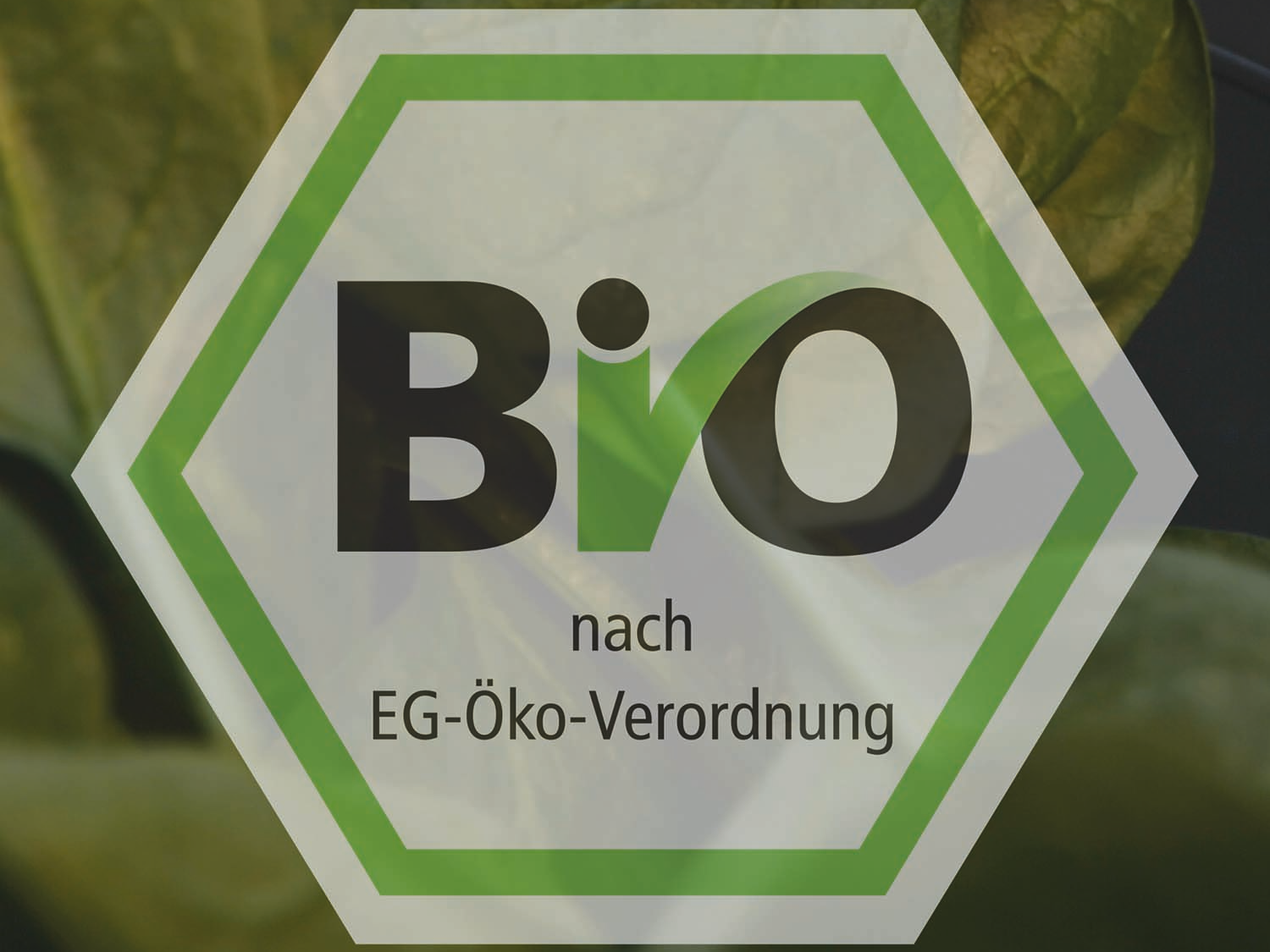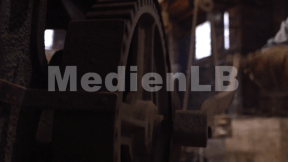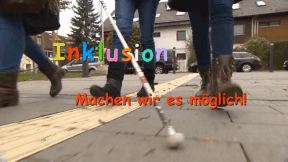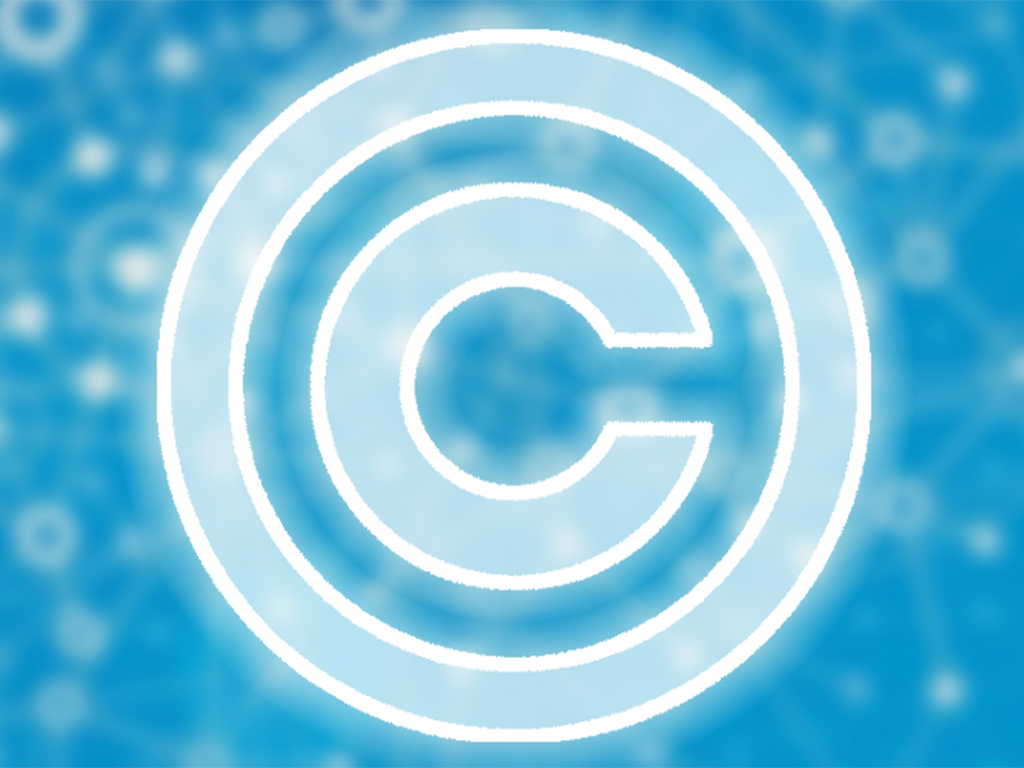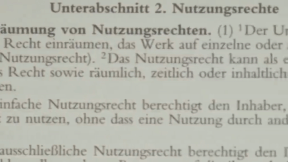 Primary School
Primary School
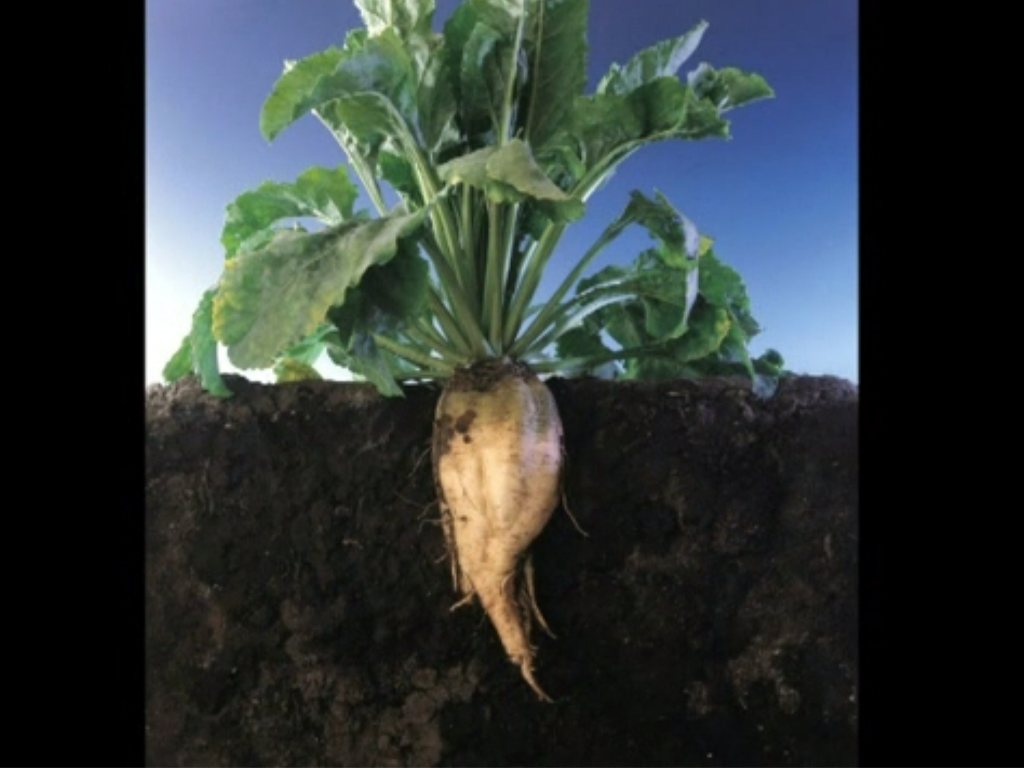

4658326 / 5551746
Sugar
From Beet to Crystal
The “Sugar” DVD covers the sugar beet and sugar produc- tion in detail. Simple and clear pieces of information allow the children to easily understand the individual stages from sowing the seeds to processing the beets in the sugar factory. The film conveys that the sugar produced is not an industri- al but a natural product, which is merely extracted from the sugar beet in the sugar factory. The pupils are provided with detailed answers to questions like “Since when have we had sugar?”, “What is sugar used for?” and “What properties does sugar have?”.The DVD addresses the following main points of the topic of “sugar”: Sugar sweetens our daily lives (sugar as an ingredient in many foodstuffs, significance of sugar in our diet), the his- tory of sugar (sugar as a luxury good 200 years ago), sugar formation in the beet (photosynthesis), sugar extraction (the major processes in the sugar factory), kinds of sugar (proper- ties of sugar, various kinds of sugar and their uses).
Play trailer
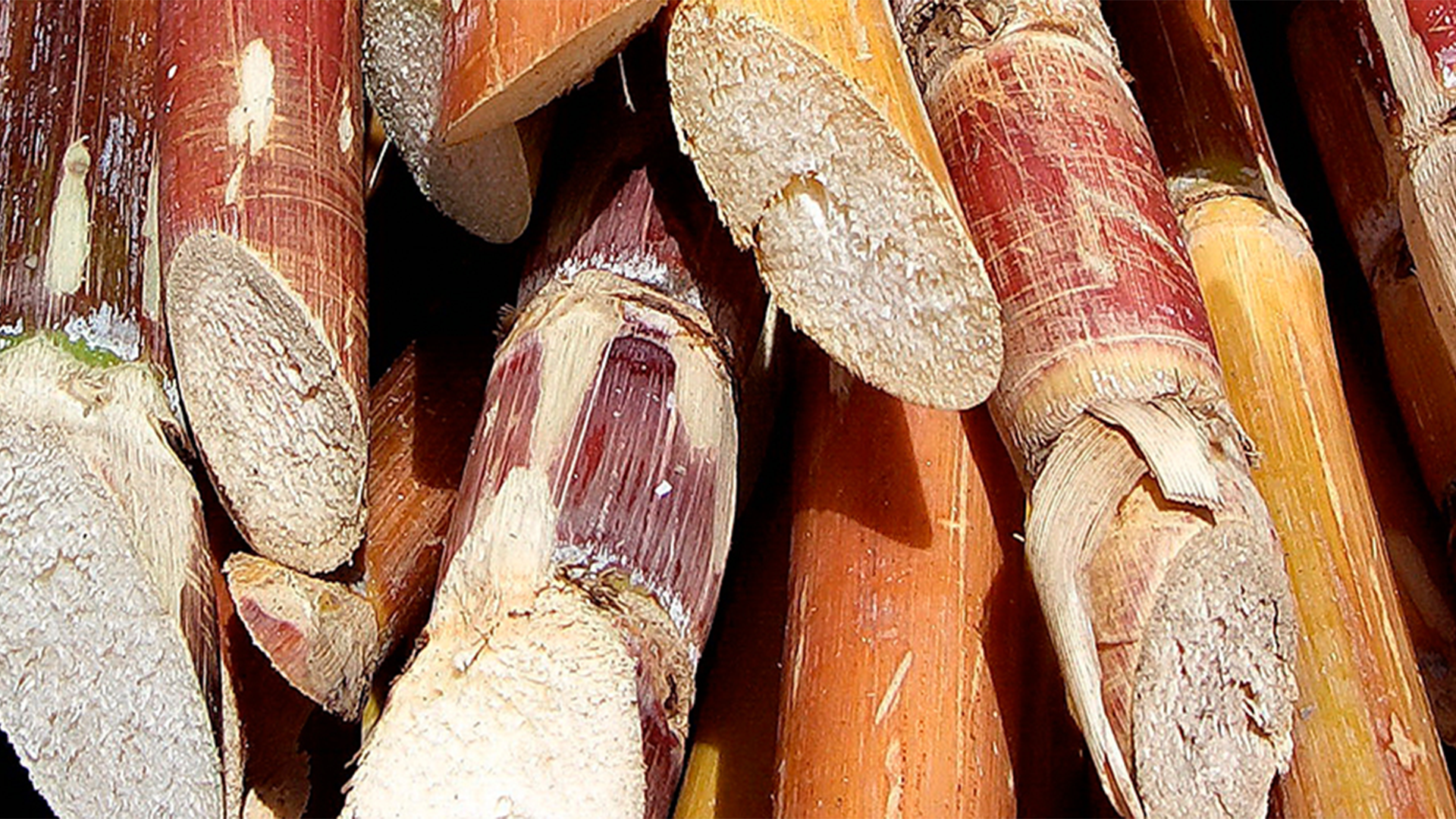
Curriculum-centred and oriented towards educational standards
Matching
Seal of approval
Quality seals such as the "Bio-Siegel", "Blauer Engel", "Stiftung Warentest" and up to 1,000 other seals represent characteristics such as sustainability, health or safety with regard to a product, a service or even a company.
Inclusion
Madita is eleven and blind. She does not want to go to a special school but to a regular grammar school. She says she feels "normal" there. Jonathan is eight and has a walking disability. He likes going to the school where he lives. Here, his best friend sits next to him. Max Dimpflmeier, a teacher who is severely deaf, explains that school life is not easy. Quote Max Dimpflmeier: "You don't want to attract attention, you want to avoid saying that it is necessary for you that 70 people adjust to your situation." People on their way to inclusion.
Copyright
Copyright is subject to constant change to keep up with technological advances. This film enables the viewer to grasp the basic principles of this extremely intricate matter. By way of introduction, the film defines what an author is, what kinds of works there are and how long a work is protected on principle. Then the fundamental rights of an author are cited and it is shown how these are exploited in our times. In the third chapter, the respective rights are illustrated by way of practice-oriented examples of books, photos, music and films. Here, of course, an emphasis is laid on the field of education, taking into account the latest case law within the EU and Austria in particular. A further chapter highlights the problems arising with the Internet and goes into the citation law and pirate copies. All in all, in this way the viewer is made familiar with the most important basic terms and their meanings. Comprehensive worksheets and additional accompanying material invite us to deepen our knowledge of the subject.




